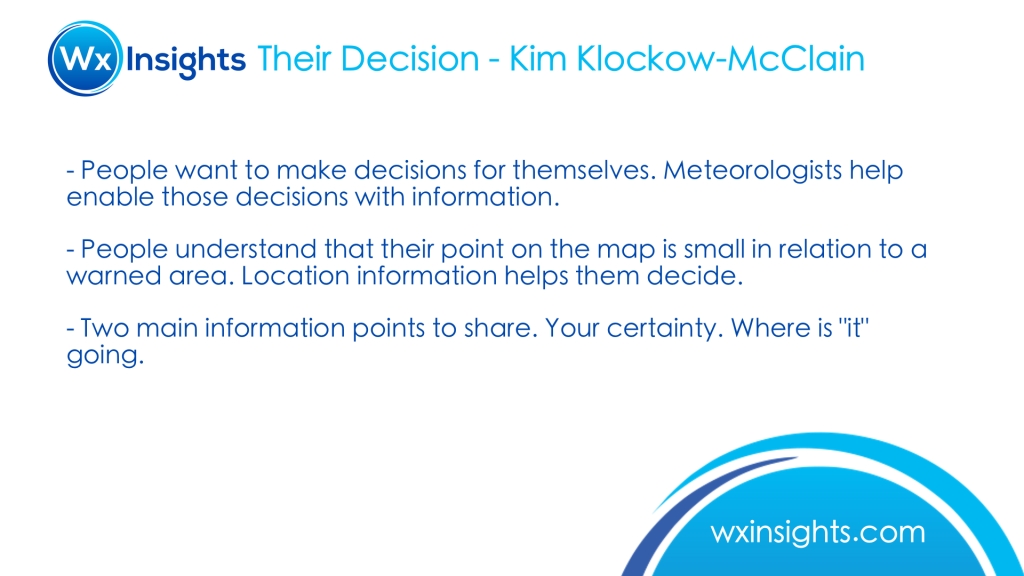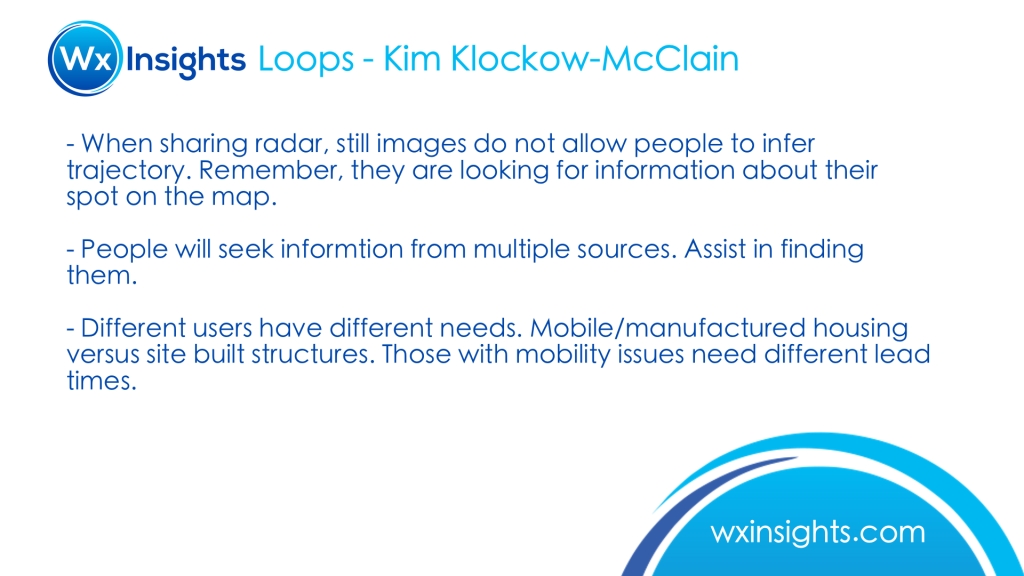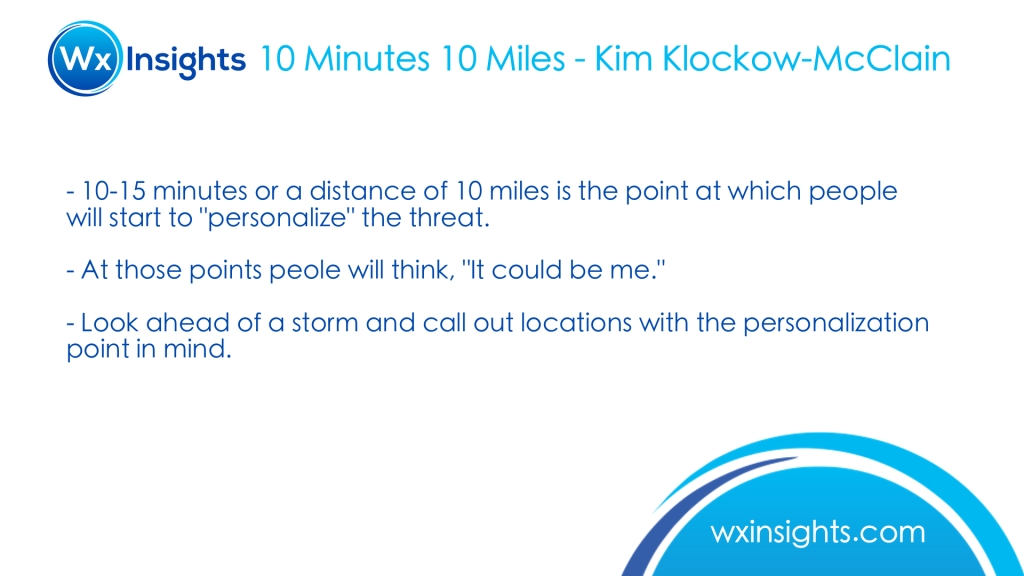“All clear” messaging might sometimes be forgotten when severe weather clears an area. People simply might not be sure until you tell them.
Dr. Jeanette Sutton, Associate Professor, College of Emergency Preparedness, Homeland Security and Cybersecurity, Emergency Management and Homeland Security, tells us how research on proper hazard messaging for a ballistic missile warning, and an earthquake, can inform “all clear” messaging during severe weather.
It comes down to users asking, “Am I safe?”




